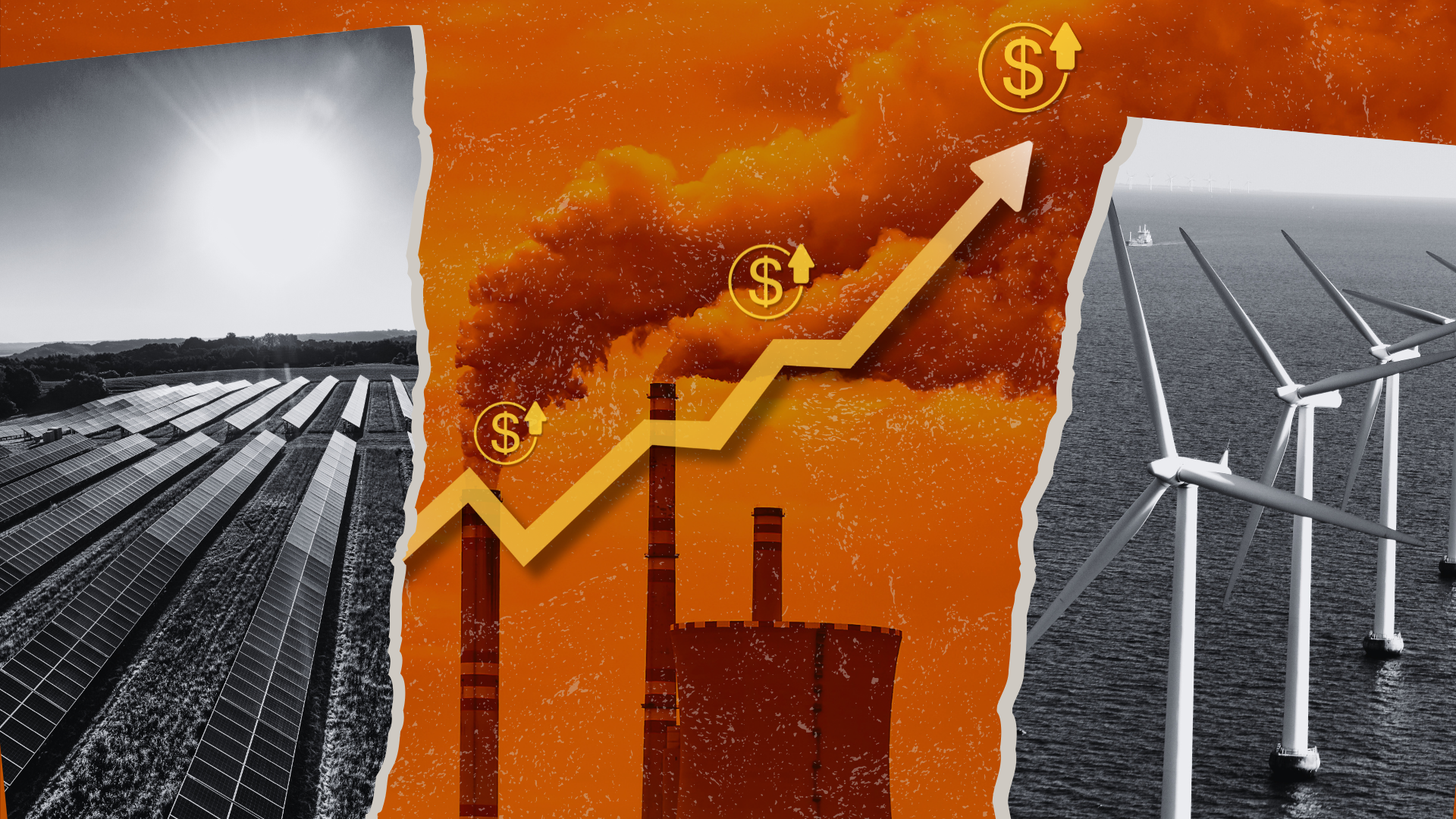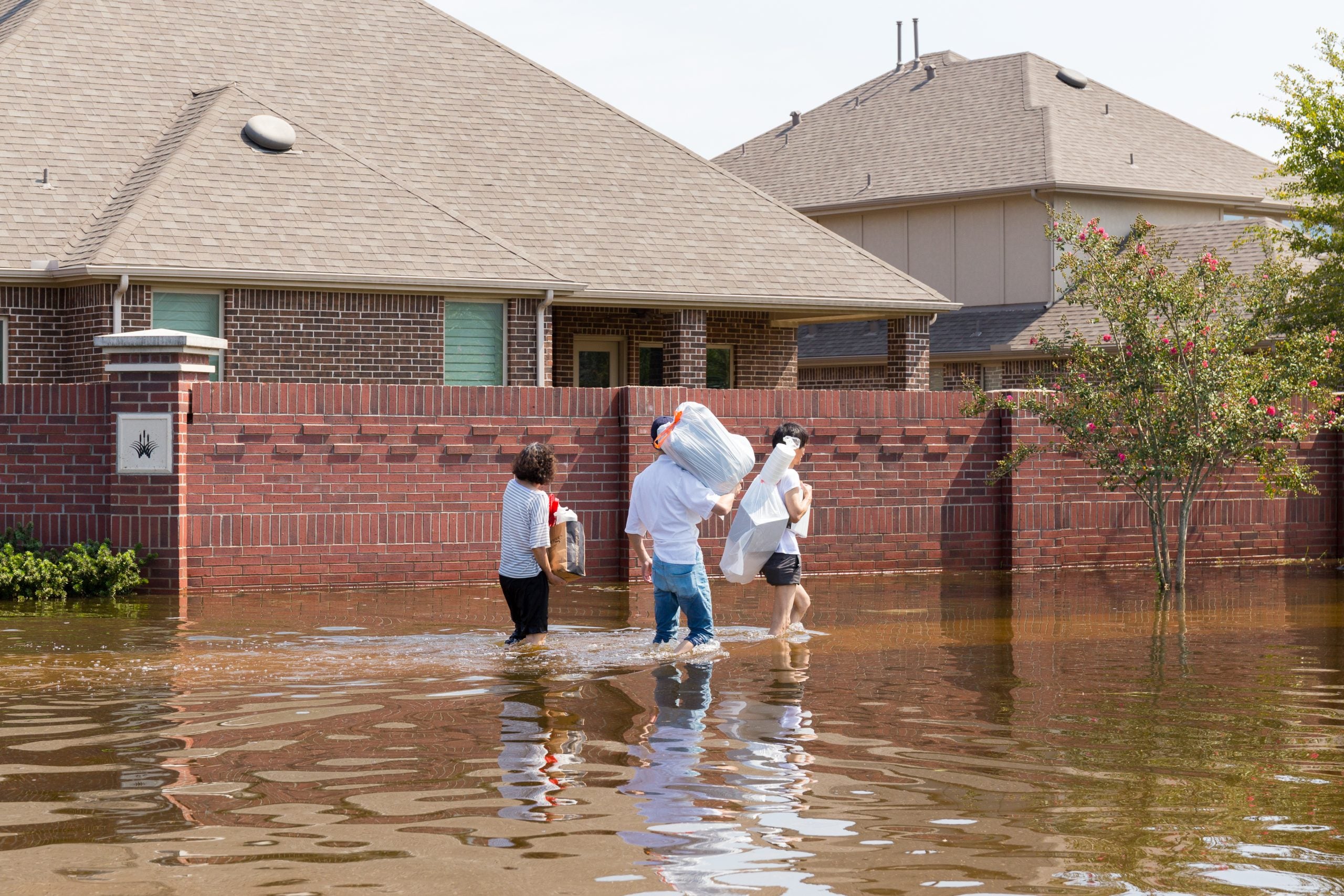Climate Vote 2007: Why Now, Why Cap and Trade?
This post is by Elizabeth Thompson, legislative director.
Climate Vote 2007
 Part of a series on the work of the Environmental Defense Action Fund to enact an effective climate law. You can help by writing to Congress.
Part of a series on the work of the Environmental Defense Action Fund to enact an effective climate law. You can help by writing to Congress.As we launch our campaign to demand a vote on a national global warming cap and trade bill this year, some may ask why now? And why cap and trade?
Both good questions. Here’s why.
First, scientists tell us that even if we cut global warming emissions to zero tomorrow, there is enough carbon dioxide pollution accumulated in the atmosphere to increase global temperatures for decades to come. Every additional ton of carbon we emit accelerates this warming trend.
To stave off runaway, catastrophic global warming, scientists tell us that we must stabilize the concentration of carbon dioxide pollution in the earth’s atmosphere at or below 450 parts per million. To reach this target, America needs to cut its CO2 pollution around 80 percent by 2050.
That’s an average of 2 percent reduction per year if we start now.
However, even after Congress passes a global warming cap and the president signs it into law, it will take another couple years to develop and implement procedures to effectively administer the law.
So, it will be 2010 at the earliest before we begin achieving real emissions cuts, even if we pass a law tomorrow.
The longer we delay, the deeper we have to cut to hit our 80 percent reduction target by 2050.
Which brings us to the second question, why cap and trade? Simply put, cap and trade offers the best chance we have to cut emissions quickly and economically. It sets the hard cap but then encourages companies to develop new technologies and efficiencies to cut emissions. (Here’s a more detailed description of how it works.)
The key advantage to cap and trade is that the more a company reduces its emissions, the more money it can either make or save. Across the whole economy, the most efficient ways to cut pollution will be put into practice most widely, most quickly.
Most importantly, a cap is the only system that guarantees the emissions reductions that scientists say we need. Other approaches guess at what will cause the necessary cuts, a cap mandates it.
Scientists have described the urgency. Cap and trade is the most viable and effective solution. It’s up to us to keep the pressure on for real action this year.













2 Comments
However… Consider these aspects:
1. A Gas Tax Increase could be explained readily and would accomplish as much, considerably faster than working out all the details to “Cap and Trade”.
2. It will be awfully expensive to insure compliance. Even the IRS, as big as it is, does not know how much cheating goes on. It would take an army of new inspectors that will cost tens of Millions of dollars just for salaries and benefits -for life. All this cost must be paid and will increase the cost of most goods.
3. A Gas Tax would produce funds as soon as implemented, it requires no new staff, only a minor change at the gas pump, certified by the current Gas Tax Inspector.
4. Revenues could be used by each state to promote their own Green energy projects, from electric/Hydrogen transportation to windmill farms and solar panel production, etc. Also, for re-training coal miners and others displaced by Green Energy.
If there is one thing that many learnt from Mr. Rove is that you must have many allies to form the coalitions needed to achieve a major change, like “No Child Left Behind” legislation, unless you have the muscle to force others to obey, follow and resent.
The best part of a “Gas Tax” is that it lets people, and industry, decide the details that are best for them as we go through a huge adjustment and our nation is so diverse that “one size fits all” is, clarely, an unrealistic, time-consuming, ineffective, painful and costly alternative.
Yes, it may take a veto-override, but not next year. Perhaps the best to hope is to begin the Congressional actions and hearings.
Remember, the Administration still talks of “Climate Change”, like we ALWAYS had. They are not ready to accept the problem exists, much less solve it, unless there is a private “agenda”. How many “deals” could be made to expedite details and passage of “cap and trade” legislation? How high is the sky?
While a carbon/gas tax is certainly a serious idea, we think it falls short for three main reasons:
For a more detailed exploration of the merits of cap and trade versus a tax, see an earlier post from our economist Nat Keohane.